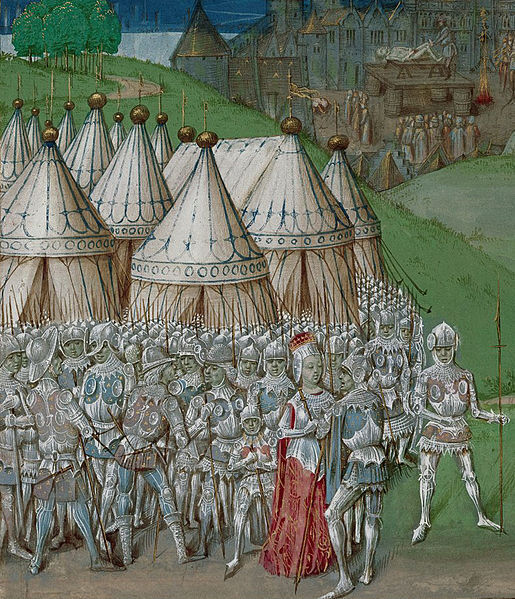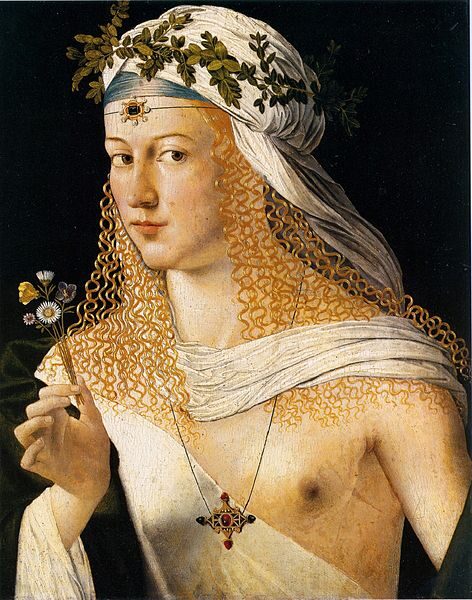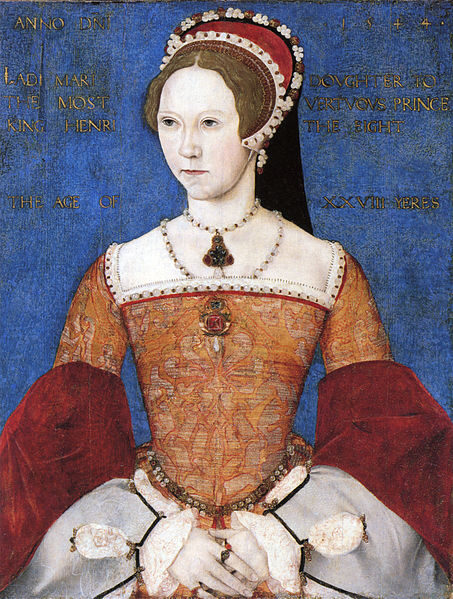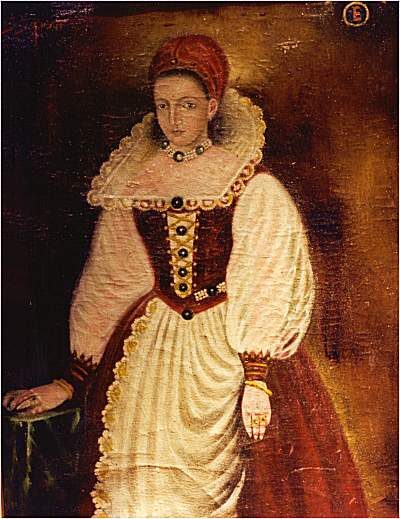We often hear about villains in Medieval and Renaissance history, for example, King John, Edward the Black Prince and Cesare Borgia. But where are the stories about naughty women?
Were there villainous women during the Middle Ages and the Renaissance?
OF COURSE!
Here’s a look at a few women well known for their infamy…
1. Isabella the “She-Wolf” of France (1295 – 1358)

15th-century manuscript illustration of Isabella of France with Roger Mortimer
Source: Wikipedia
Queen Isabella was well known for her beauty, diplomatic skills, and intelligence. Her husband, Edward II, lavished scandalous attention on his favourite, Piers Galveston, and the two were rumoured to be lovers. While Isabella initially supported Edward early in their marriage, she wisely spent her time crafting a relationship with the French monarchy to increase her authority and power.
After Galveston’s death, Edward took a new favourite, Hugh Despenser the Younger. In retaliation, Isabella began an affair with Roger Mortimer and the two agreed to depose Edward. Many people believed that Isabella arranged the murder of Edward II. Unfortunately for Isabella, in 1330 her son, Edward III deposed and executed her lover, Mortimer. The Queen was not punished for her alleged role in Edward II’s death, and lived well for many years away from Edward III’s court, until her death in 1358. She is often portrayed in popular movies, television and books as brilliant, manipulative and beautiful – the ultimate villain.
See the full article on Isabella here!
2. Lucrezia Borgia (1480 – 1519)

Portrait of a Woman by Bartolomeo Veneto, traditionally assumed to be Lucrezia Borgia.
Source: Wikipedia
When Lucrezia was born into the Borgia family in 1480, she was destined for a life of intrigue and innuendo. She was the illegitimate daughter of Rodrigo Borgia, a churchman who schemed his way into becoming Pope Alexander the Sixth in 1492. Known for her exquisite beauty, Lucrezia was married off three times by her father for political alliances. She also had numerous affairs, and was even able to divorce her first husband on the grounds that they never had consummated their marriage – although she was pregnant at time.
Her second husband was murdered by Lucrezia’s brother, Cesare, who had a close relationship with his sister. The enemies of the Borgia family even accused them of having an incestuous affair. Although Lucrezia was perhaps one of the more innocent members of the Borgia family, she is often portrayed in popular culture as scheming, calculating and deadly. Lucrezia will be forever be linked to one of the most notorious bloodlines in history.
3. “Bloody Mary” – Mary I of England (1516 – 1558)

Portrait of Mary I (1516-1558): Maybe this is where the phrase ‘Stiff Upper Lip’ came from?
Source: Wikipedia
Mary I, queen of England, gained the nickname “Bloody Mary” for the wave of executions and terror she inflicted during her reign in the years 1553 to 1558. The daughter of King Henry VIII, sche was deeply opposed to Henry’s break with the Catholic church. After the death of her brother Edward VI, Mary was able to overcome a challenge to the throne and become the Queen of England. She soon found a husband – King Philip of Spain, although her marriage was deeply unpopular with her subjects.
Her reputation deteriorated further when she tried to re-impose Catholicism in England; hundreds of men and women who remained Protestant were executed – often by being burned at the stake, while hundreds more fled the country. Even those who repented, like the Archbishop of Canterbury, were still executed. Mary failed to have a child before illness struck her down at the age of 42. Her sister Elizabeth then came to the throne, and undid the repression against Protestants and went on to become one of England’s best known rulers, Queen Elizabeth I.
4. “The Blood Countess” – Elisabeth Báthory

The original portrait of the Countess Elizabeth Bathory from 1585 is lost (spirited away in the 1990s). However, this is a fairly contemporary copy of that original, probably painted in the late 16th century. She was 25 when the original portrait — the only known image of her — was painted.
Source: Wikipedia
Born 7 August 1560, Countess Erzsébet (Elizabeth) Báthory was one of history’s first known serial killers. She was rumoured to be a product of upper class inbreeding; something that was prevalent in tumultuous sixteenth century Hungary. She was accused of having numerous affairs, of engaging in lesbian encounters and dabbling in witchcraft and the occult. She was also accused of unspeakable acts of cruelty and murder.
Elizabeth engaged in horrific acts of brutality on her hapless victims; biting, exposure, branding, the severing of body parts and the use of an Iron Maiden were but a few of her preferred modes of torture. Elizabeth was perhaps best known for her infamous “blood baths” where she gained pleasure by smearing and bathing herself in the blood of her victims in an effort to retain her youth and beauty. She was eventually arrested on December 30, 1610. It has been speculated that between 1585 and 1610, Elizabeth and her four accomplices murdered approximately 650 women. She was sentenced to death but instead lived out the remainder of her life walled up in Csejte (Čachtický) Castle. She died on August 21st, 1614.
Read more on ‘Bloody Elizabeth’ here